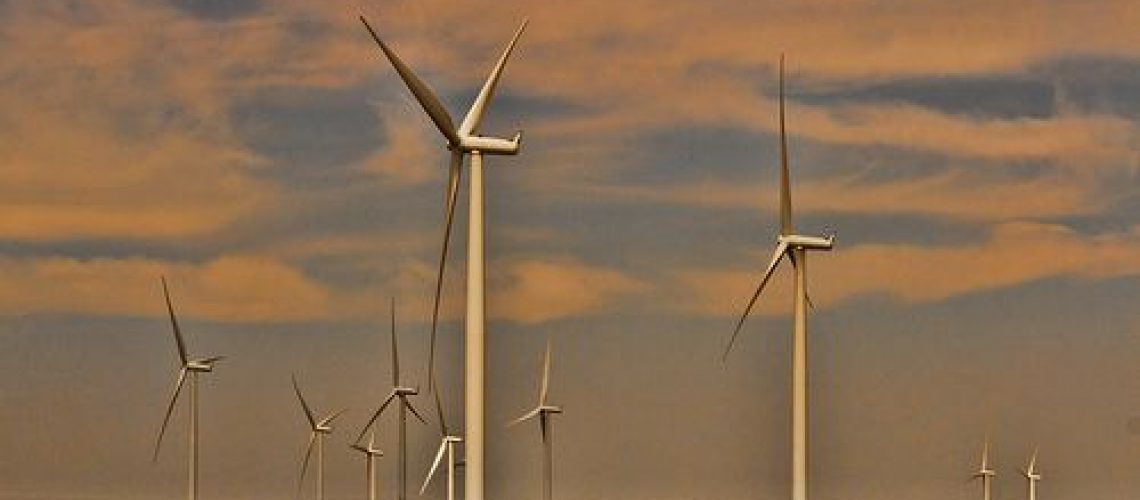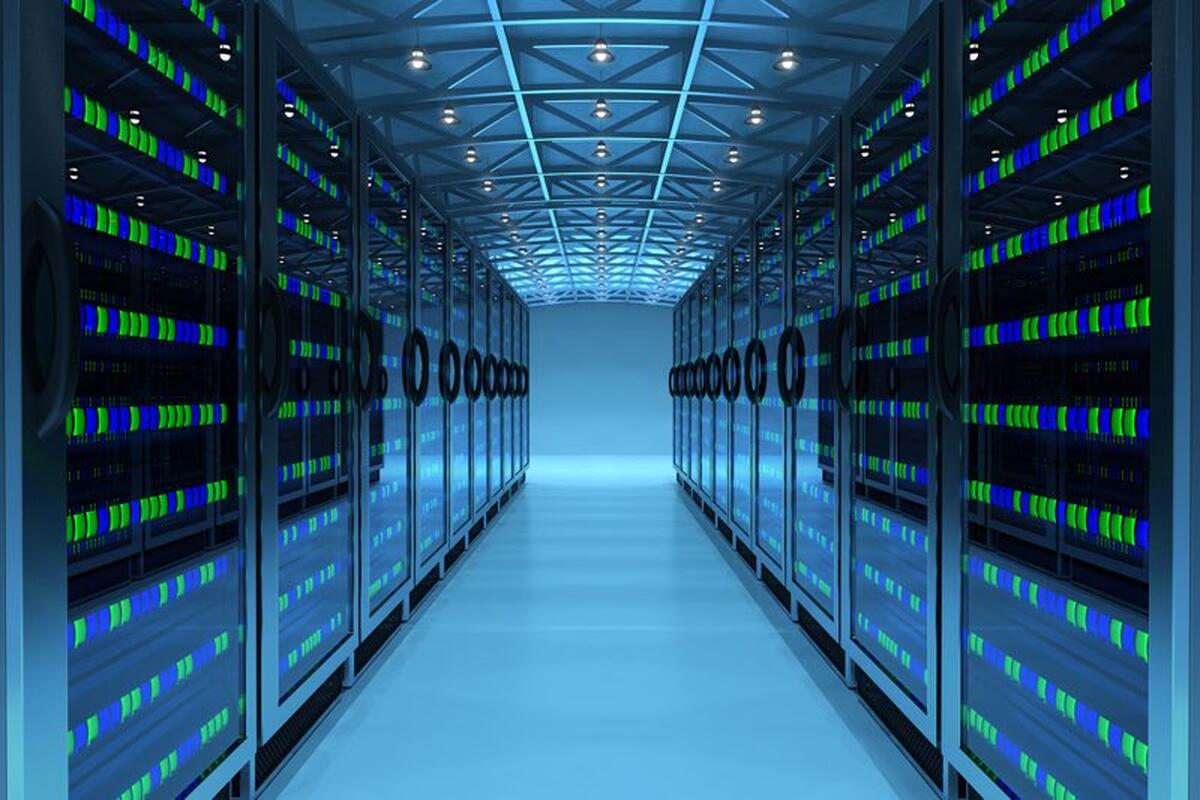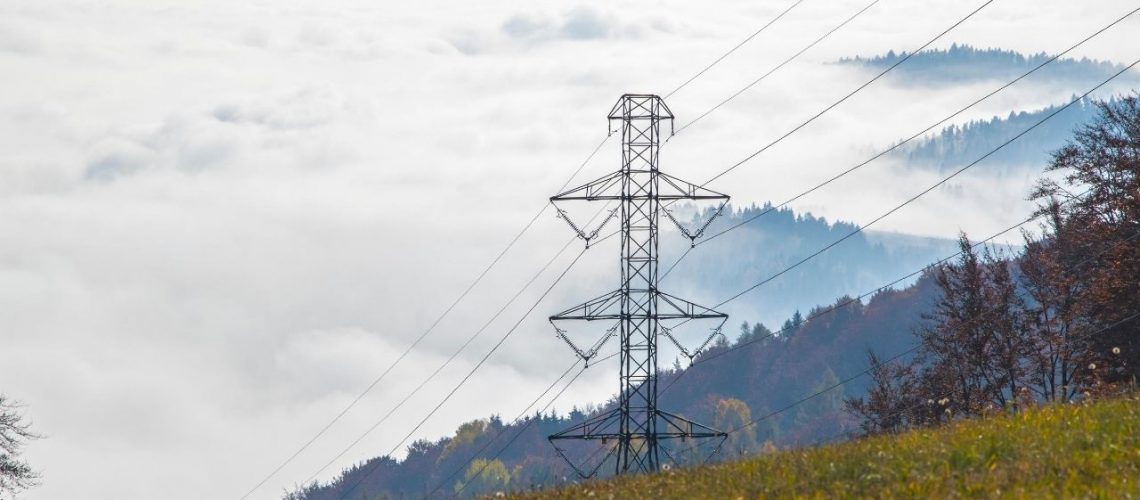The digitization of our daily lives means that just about everything requires electricity in some form, resulting in evolving relationships between consumers and providers. In the latest edition of Plugged In, KPMG Global Energy Institute’s Tax team have a Q and A about the new players in the Power and Utilities industry and how they are changing the rules and business models.
Describe the power and utilities industry and how it is evolving.
Over the past few years, we’ve seen a proliferation of renewable energy sources, the adoption of electric vehicles (EV), and the shuttering of coal-fired plants. Until fairly recently, renewables were not perceived as game-changing. Even though their adoption has grown rapidly both domestically and overseas, the industry is finding more creative ways to incorporate them.
Market forces have pushed renewables into the mainstream, and this subset of the industry is now growing. Meanwhile, traditional utilities are expanding their operations through acquisitions, strategic joint ventures, and evaluation of tax equity investment.
What’s pushing the industry beyond that tipping point?
Power & Utilities are competing with new players from outside the traditional P&U industry. For example, tech companies like Tesla, Google, and Yahoo influence the use of renewables and how we consume energy. In addition, large oil and gas companies as well as private equity firms are among those seeking to carve out their piece of the proverbial pie in a growing renewables market.
These companies are often entering the market at the urging of activist investors or based on a desire to be part of the green economy. Like the regulated utilities, these new entrants bring large balance sheets to these transactions.
An increase in oil prices helps lift electricity prices, which allowed some utilities, private equities as well as opportunistic investors, to take advantage of tax credits and better market spreads. Watching the market make this shift makes us bullish on what we can expect from an acquisition-focused culture and private equity funds going forward. All in all, a score of nontraditional power companies are now influencing the P&U business model.
What is the new profile of an acquirer of wind farms?
With the federal tax subsidies for wind farms coming to an end and the reduction in the corporate tax rate, the tax appetite of acquirers will change along with the expected returns on these assets. Tax subsidies and expected returns will result in the emergence of a different set of buyers—those that may not be driven solely by tax credits but are attracted to infrastructure.
If we set aside Congress’s potential to revisit PTCs or some other incentives, the new buyers of mature wind farm and solar assets will be investors seeking debt-like returns and a stream of expected revenue. Likely buyers include utilities, infrastructure funds, and pension funds.
As acquisitions change the landscape, utilities are trying to figure out where they will play. We’re seeing an expansion of electrical vehicle fleets as well as governments switching from gasoline to natural gas or battery-powered buses and infrastructure vehicles.
With the ever-increasing electrification of homes and cars, how do you think the industry will respond?
We see room for new and non-traditional entrants into the market as consumers become less concerned with receiving electricity from “traditional” providers and are more focused on bundled services and excellence in customer experience. However, the proliferation of distributed energy resources has cut into traditional retail and commercial/industrial demand. To add another layer of complexity, individual corporations are establishing renewable energy goals by indicating their intention to rely increasingly on electricity generated from nonfossil fuel sources.
There is no unifying federal mandate for renewables, so individual states have taken differing stances on how quickly they may adopt renewables and issue state-specific legislation. We believe power and utilities leaders are savvy and are evolving in the crowded and diverse marketplace. We expect utilities to become more creative with respect to joint ventures with a variety of existing players as well as the increasing number of new entrants to the market. Such arrangements will allow utilities to maintain their central position in the future generation, transmission, and distribution of electricity.
What do these developments mean for how energy is delivered and consumed?
Over the last few years, there’s been a shift in how people are consuming or having electricity delivered. We see community providers, stand-alone, and independent facilities. Big-box retailers put solar farms on their roof space to defer costs. Corporations settle deadlines for when they want all their power to be from renewable sources.
The fully connected home plays a big role in how and where we source our electricity. The shift is driven by smart technologies that will likely drive greater demand for electricity, which ultimately will result in more new providers and less loyalty to traditional providers.
Read the full KPMG article here.





